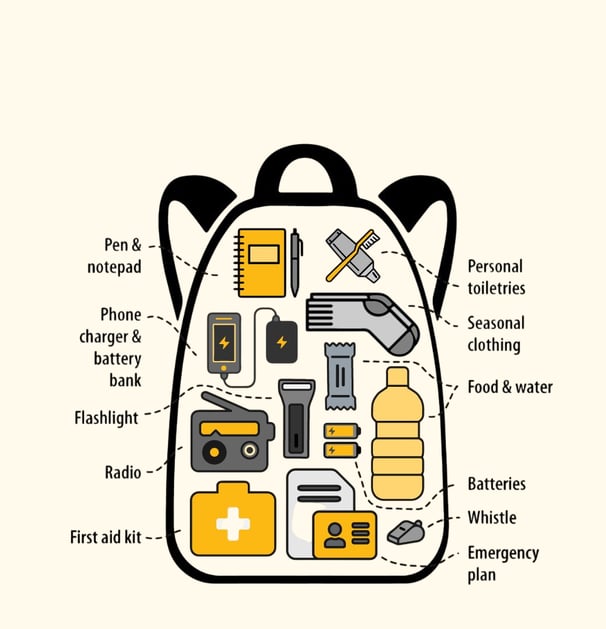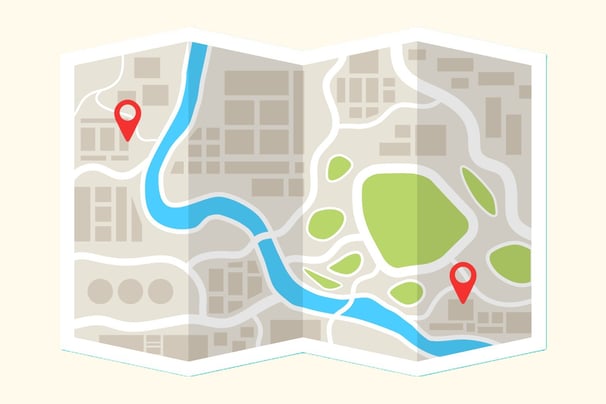Relocation Plans
Identify safe areas for potential migration and prepare resources to support the journey.
PREPARE FOR THE LONG-TERM
12/8/20243 min read
Relocation Plans
Identify safe areas for potential migration and prepare resources to support the journey.
In a crisis—whether due to war, natural disasters, economic collapse, or other emergencies—you may need to relocate to a safer area. Here's a comprehensive guide on identifying potential safe areas and preparing the necessary resources to support your migration journey.


1. Identifying Safe Areas for Migration
A. Key Factors to Consider
Safety and Security:
Look for regions with low conflict, stable governance, and minimal crime.
Avoid areas prone to violence, political instability, or looting.
Access to Resources:
Ensure the area has access to water, food, and basic medical services.
Natural resources like rivers, forests, and arable land are beneficial for long-term survival.
Climate and Geography:
Favour areas with mild climates that support agriculture and shelter construction.
Avoid floodplains, earthquake zones, or regions prone to extreme weather.
Isolation vs. Community:
Rural Areas: Offer isolation, but resources may be limited.
Small Towns: May offer community support and better infrastructure without the risks of larger cities.
Strategic Accessibility:
Choose locations with multiple routes for entry and escape.
Avoid areas that could become bottlenecks or traps during mass evacuations.
B. Research and Planning
Maps and Satellite Data:
Use physical maps, GPS devices, and online satellite tools (like Google Maps) to identify routes and potential destinations.
Local Intelligence:
Gather information from news reports, social media, local contacts, or humanitarian organizations about current conditions.
Safe Zones:
Look for designated refugee centres, government-declared safe zones, or community shelters.
Multiple Destinations:
Identify more than one safe location in case your first option becomes compromised.
2. Preparing Resources for the Journey
A. Essential Supplies
Pack a “Go Bag” (also known as a Bug-Out Bag) with essentials for at least 72 hours of survival:
Water:
Minimum: 1 gallon (4 litres) per person per day.
Include a portable water filter or purification tablets.
Food:
High-calorie, non-perishable items like energy bars, dried fruits, nuts, canned food, and ready-to-eat meals (MREs).
Consider lightweight options to reduce the carrying load.
Shelter and Clothing:
Compact tent or tarp for protection from elements.
Weather-appropriate clothing, including layers, gloves, and hats.
Emergency blankets (space blankets) for warmth.
Medical Supplies:
First aid kit with bandages, antiseptic, painkillers, and prescription medications.
Include personal medical information and allergies.
Tools and Equipment:
Multi-tool, knife, flashlight, and spare batteries.
Fire-starting supplies (matches, lighter, fire steel).
Rope or paracord, duct tape, and a compass.
Identification and Documents:
Waterproof copies of identification (passport, driver’s license).
Emergency contact information, maps, and any permits or property deeds.
Communication Devices:
Battery-operated radio or hand-crank radio for receiving updates.
Fully charged power bank or solar charger for phones.
Self-Defense:
Consider personal defence items (e.g., pepper spray, whistles, or legal weapons) depending on legality and training.
B. Transportation
Vehicle Preparation:
Ensure your vehicle is in good working condition, with a full fuel tank and spare fuel.
Pack spare tyres, a jack, and vehicle repair tools.
Alternative Modes:
Bicycles: Reliable if roads are blocked or fuel is unavailable.
On Foot: Prepare for hiking with durable shoes and lightweight packs.
C. Financial Preparedness
Cash and Trade Goods:
Carry small denominations of cash in case digital transactions fail.
Consider barter items like seeds, batteries, or hygiene products.
Precious Metals:
Small amounts of gold or silver coins can be valuable in trade.
3. Planning Your Route
A. Multiple Routes and Contingencies
Identify primary and secondary routes to your destination.
Mark safe rest points along the way (e.g., shelters, known communities, or natural hideouts).
B. Avoiding Hazards
Steer clear of conflict zones, blocked roads, or areas prone to ambushes.
Stay informed about road conditions and checkpoints.
C. Travel in Groups
Travelling with others enhances security and resource-sharing capabilities.
Assign roles (e.g., navigator, lookout, medic) within the group.
4. Safety Tips for the Journey
Blend In:
Avoid drawing attention with expensive gear or flashy clothing.
Stay low-profile to minimize threats.
Stay Informed:
Continuously gather information on safety conditions and potential hazards.
Rest Strategically:
Travel during daylight for better visibility, and rest in concealed safe areas.
Conserve Energy:
Pace yourself to avoid exhaustion, and ration food and water carefully.
By carefully identifying safe areas and preparing essential resources, you can improve your chances of a successful and secure migration during crises.






